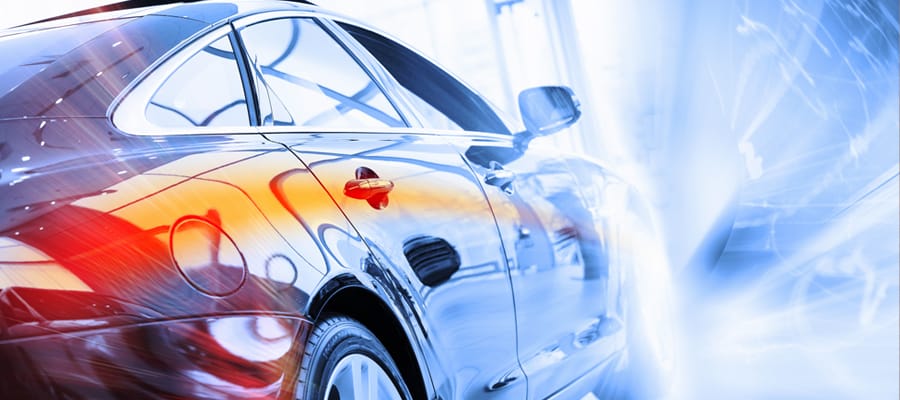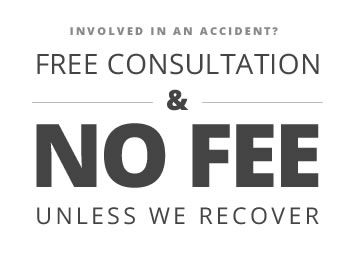The National Highway Traffic Safety Administration (NHTSA) is tasked with reducing the risk of motor vehicle accidents, so overseeing technological advancement that achieves this objective is a top priority. One of the latest innovations is Vehicle-to-Vehicle Communication (V2V), which enables vehicles to exchange information wirelessly. V2V can alert motorists about safety threats, so they are in a better position to react and avoid a crash. If all vehicles on US roadways featured this technology, the NHTSA estimates that V2V could prevent 615,000 motor vehicle accidents. And could save 1,366 lives.
However, it will be some time before this feature is available. Deadly and injury-causing accidents will continue to be a threat, so it is essential to consult with a Maryland auto accidents attorney about your legal options. You might also be interested in finding out more about V2V technology.
How V2V Communication Works
For over a decade, the NHTSA has been working with manufacturers, technology experts, and other auto industry leaders to equip every US-made vehicle with V2V technology. The technology works through sensors that gather data about the other cars around you while driving. Much like having a conversation on a cell phone connected to a wireless network.
The V2V messages have a range up more than 300 meters. They can detect hazards that you might not otherwise see due to traffic, weather, or obstructions. When the sensors detect a threat, the system alerts the driver to take evasive action. Ideally, developers hope that V2V technology can also be integrated with crash avoidance systems. In addition to notifying the driver, it could also automatically apply the brakes or steer away.
V2V Communication and Fault
Even when it does reach its full potential, experts acknowledge that V2V technology may not be able to prevent all accidents. However, V2V communication may be useful when it comes to proving fault in auto collisions. As you may know, success in a car crash claim depends upon your ability to prove:
- The responsible motorist had a duty to drive safely;
- That individual breached this duty;
- The breach of duty was a direct cause of the injury-causing accident; and,
- You suffered losses as a victim.
V2V could be useful as evidence for element #2, since the sensors record the communications between and among vehicles. As well as other data. This information may help support your claim for damages when you seek compensation from the responsible driver’s insurance company, as well as in court. Plus, V2V could also refute any allegation that you were at fault in an accident. This could be an issue for your compensation under Maryland’s contributory negligence law.
Consult with a Baltimore County, MD Car Accident Lawyer About Your Options
While V2V communication looks promising, auto collisions will continue to put Maryland motorists at risk. If you were hurt or lost a loved one, you may be eligible to seek compensation for your losses. An experienced attorney can help. For more information on your legal options, please contact Michael A. Freedman to set up a free consultation.



